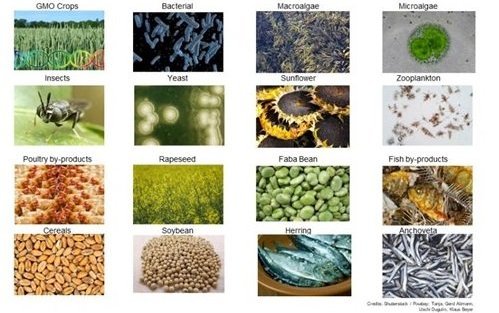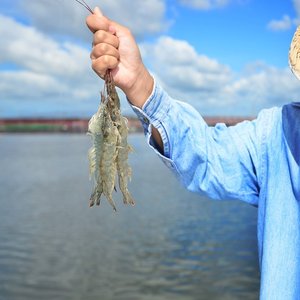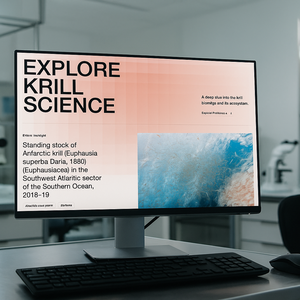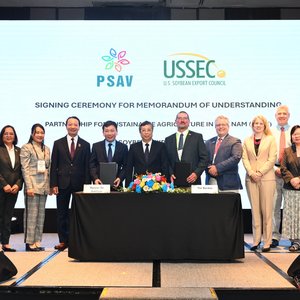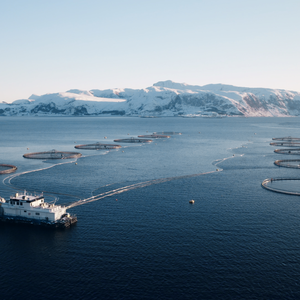With a variety of new feed ingredients emerging for aquafeeds, a new review provides some sobering assessments of where we are in the search for new protein sources.
Published in Reviews in Fisheries Science and Aquaculture and led by IFFO’s technical director, Brett Glencross, and a cohort of world-renowned fish nutritionists, the review considers a large variety of protein sources used in aquafeeds: marine ingredients (produced from either forage fishery or byproducts from both fishery and aquaculture resources), processed animal proteins (made from terrestrial animals produced for human consumption from which byproducts are generated, and also insect and worm meals), single-cell protein resources (produced from bacterial, yeast, fungal, or microalgal origins), grain protein sources (making up the largest volume of all global aquafeeds) such as cereals, oilseeds, pulses, including those plant resources used either unmodified or with varying degrees of processing.
“The assessment demonstrates that every ingredient has strengths and weaknesses. In many cases, the weaknesses of one ingredient can be matched with the strengths of other ingredients to identify opportunities for complementarity,” Brett Glencross explained. “For example, soybean has the scale and stability of supply and consistency of product quality but lacks palatability for many species. Fishmeal though is limited in supply but has excellent palatability characteristics. They both work well with each other in a highly complementary nature.”
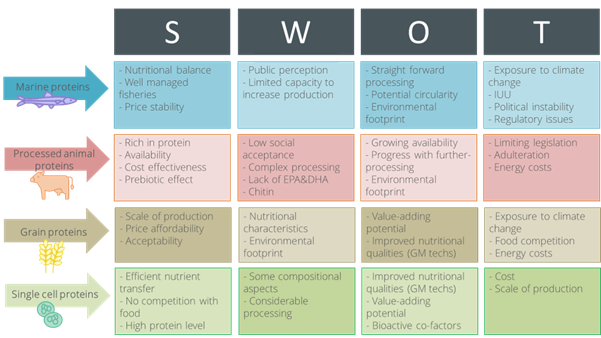
What is on the horizon?
The review provides a series of options going forward to improve feed security, such as improving the management of existing resources to increase their productivity, ensuring nothing is wasted, and further developing non-competing resource production.
An important observation from Glencross was that “by better appreciating the positives and negatives of each ingredient, it becomes possible to increase our adaptability in responding to the various opportunities for their use in feeds and improve our sustainability of the sector moving forward.”
Overall, while technical progress in working with an increasing range of ingredients is making clear headway, the scale-up of new resources to deliver meaningful volumes still needs work.
Reference:
Glencross, B., Ling, X., Gatlin, D., Kaushik, S., Øverland, M., Newton, R., & Valente, L. M. (2024). A SWOT Analysis of the Use of Marine, Grain, Terrestrial-Animal and Novel Protein Ingredients in Aquaculture Feeds. Reviews in Fisheries Science & Aquaculture, 1-39. https://doi.org/10.1080/23308249.2024.2315049


